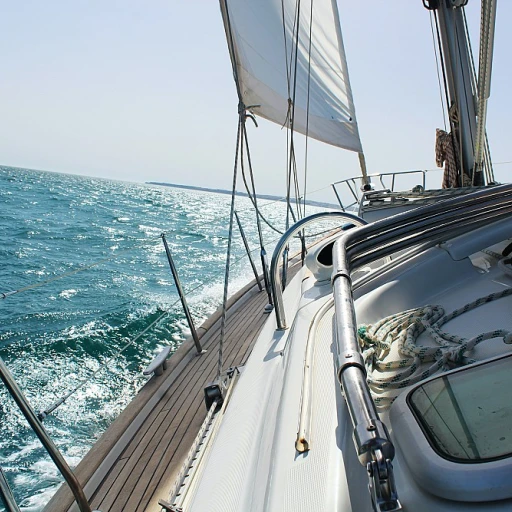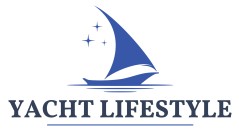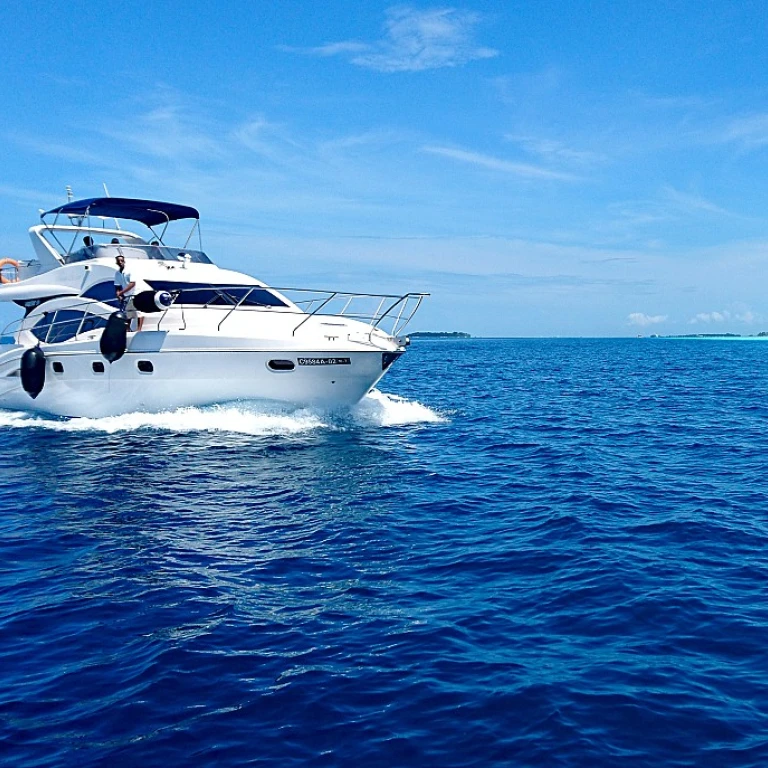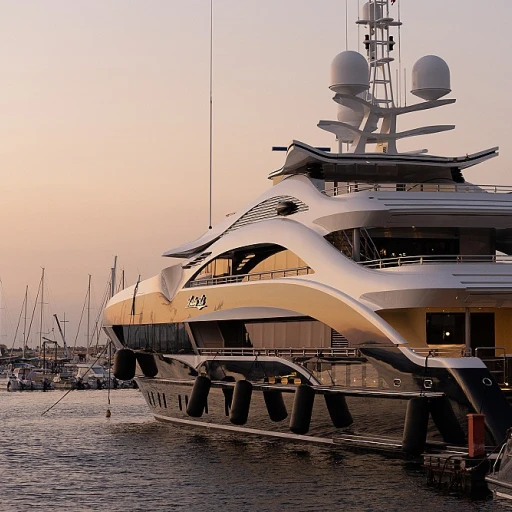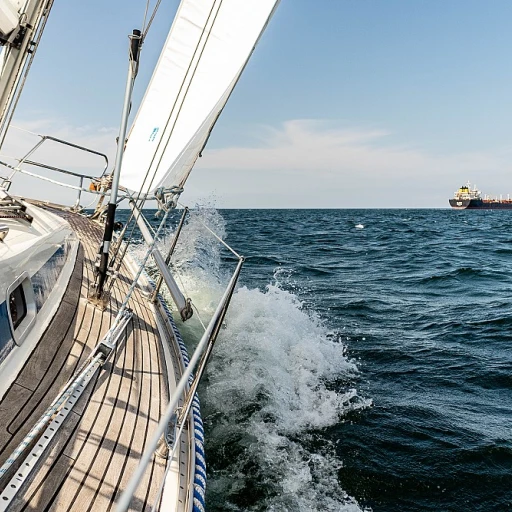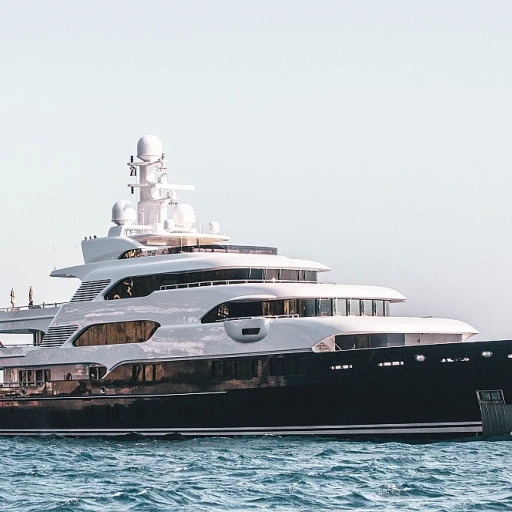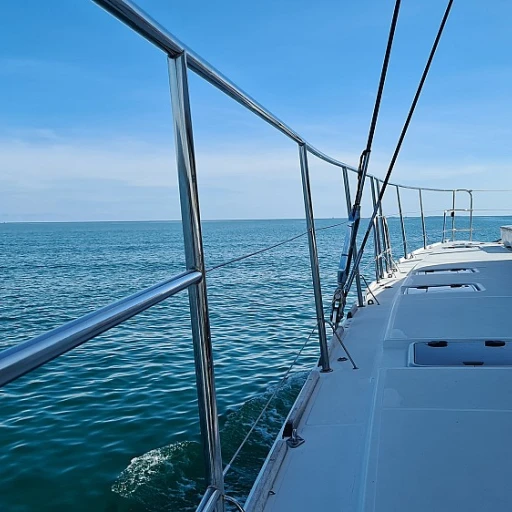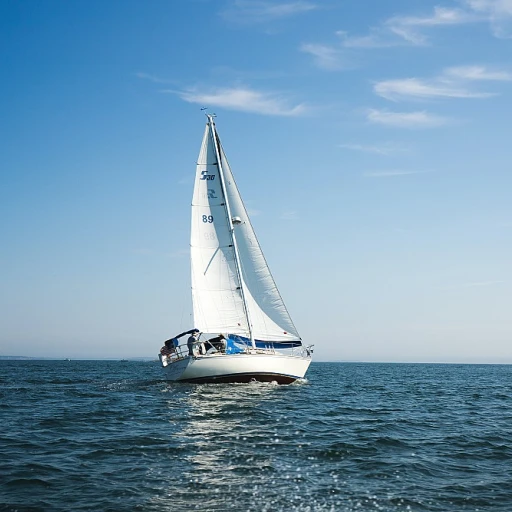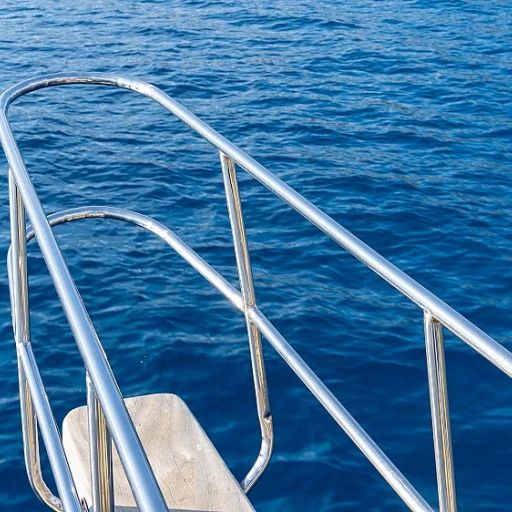Understanding the Role of 35 HP Outboards
The Versatility of 35 HP Outboard Engines
The 35 HP outboard engine plays a crucial role in the boating industry, offering an optimal balance between power and efficiency for small to mid-sized vessels. These engines, commonly used by boaters, provide an ideal level of thrust and control, suitable for a variety of recreational activities and small motorboats.
Lightweight yet powerful, the 35 HP outboards effectively meet the needs of different activities such as fishing, cruising, or even tender duties for larger yachts. With various configurations available, including tohatsu mfs and suzuki tohatsu, owners can tailor the engine specifications, like shaft length and trim tilt capabilities, to their specific boating requirements.
Most popular models from renowned manufacturers such as Mercury outboard and Evinrude ensure that boaters receive top-quality engines that excel in performance. The four-stroke design, like the mercury stroke or stroke jet engines, optimizes fuel efficiency while delivering substantial power output, making them a favorite for those seeking reliable and environmentally friendly solutions.
Yacht enthusiasts can look forward to future innovations in outboard technology that promise enhancements in performance and sustainability, further expanding the utility of these engines. By understanding the role that 35 HP outboards play in marine transportation, boaters can better appreciate their contributions to the diversity of the yachting experience.
Evaluating Performance and Efficiency
When it comes to optimizing your time on the water, whether for leisure or function, the performance of an outboard engine plays a critical role. A 35 HP outboard motor offers a versatile blend of power and speed, making it a popular choice for various boating needs. The performance largely depends on the combination of the boat type and the motor setup, including aspects like the shaft length and trim tilt function.
Modern outboards, such as the Mercury outboard, are engineered to deliver peak performance with minimal fuel consumption. This is crucial as it ensures longer journeys without the frequent need for refueling, thus providing an efficient fuel delivery system. Brands like Mercury and Evinrude have made strides in designing motors with improved fuel efficiency, placing them among the top performers in the market.
Furthermore, advancements in technology have led to the creation of lighter and more compact models that offer high power without adding unnecessary weight to the motor boat. The use of a clamp bracket and multi-function tiller handle enhances the maneuverability and ease of operation, especially in models such as the Suzuki Tohatsu.
For those interested in exploring water sports or requiring more precision, a stroke jet option can be considered. It optimizes the engine's thrust-to-weight ratio, delivering brisk acceleration and speed.
Overall, analyzing the key factors of performance and efficiency in a 35 HP outboard engine is essential for maximizing your time on the water, whether you're cruising, fishing, or simply enjoying the serenity of the open waters.
Maintenance and Longevity
Keeping Your Motor in Optimal Condition
When it comes to maximizing the longevity and performance of a 35 HP outboard motor, regular maintenance is paramount. The tasks required for a motor like the mercury outboard differ slightly from those needed for an evinrude or a tohatsu mfs, yet the fundamental principles remain consistent across most models.
Firstly, attention to fuel delivery is critical. Ensuring that your boat motor operates on clean fuel can prevent a variety of issues from arising. Contaminants in the fuel can lead to inefficiencies, or worse, complete motor shutdowns. Therefore, implementing a routine check and maintenance system is advisable.
Regular inspections of the shaft length, trim tilt, and clamp bracket ensure any signs of wear or damage are addressed promptly. This vigilance is vital for both performance and safety. Any anomalies in these components can impair the effectiveness of your motor and even risk your motor boat's structural integrity.
It's also worth considering the benefits of using a multi-function tiller handle. These can enhance control and make maneuvering more efficient, ultimately reducing wear and tear on the motor.
Additionally, while manufacturers such as suzuki tohatsu offer durable engines, regular oil changes are crucial. An engine running with old or insufficient oil can lead to increased friction and overheating, shortening its lifespan.
For those keen to explore the latest in advanced maintenance techniques, understanding the role of boomvang systems in conjunction with outboards can offer extra layers of ease and precision, ensuring a smoother and more efficient boating experience.
Environmental Impact
Balancing Power and Eco-friendliness
When we consider the environmental impact of 35 HP outboard motors, it becomes imperative to highlight the advancements in technology that are effectively reducing emissions and promoting sustainability. Manufacturers, including well-known names like Mercury and Suzuki, are continuously refining their engines to align with global environmental standards.
Among the numerous models in the market, 4-stroke engines have emerged as a top choice due to their ability to offer increased fuel efficiency and significantly fewer emissions compared to their 2-stroke counterparts. This not only benefits the environment but also provides a more economical solution for boat users in the long run.
The introduction of direct fuel injection (DFI) systems in outboard engines has further enhanced their performance, making them cleaner and more efficient. Brands are now optimizing fuel delivery systems to ensure that these motors run smoothly, producing less smoke and suiting the needs of environmentally conscious boaters.
Moreover, outboard engines are becoming lighter, which means less power is needed to propel boats, thereby reducing fuel consumption. This is an important consideration for boat owners looking to minimize their carbon footprint while maintaining optimal performance.
The attention to detail in design and technology—ranging from trim and tilt functionalities to the adjustable shaft length—demonstrates a commitment to preserving marine ecosystems. Responsible boating through the use of advanced outboard motors isn't just optional anymore; it's a prudent choice for those seeking to enjoy the waters responsibly.
Finally, opting for motors that offer free shipping and low shipping weights can significantly reduce the overall cost of acquisition while also contributing to fewer emissions during transportation. It's clear that choosing the right outboard can have positive implications not only for your boating experience but for our planet as well.
Cost Considerations
Budgeting for Your Boating Needs
Navigating the financial aspects of purchasing a 35 HP outboard engine involves a balance of both initial costs and long-term savings. When considering your options, price is influenced by several factors such as brand, tech features, fuel efficiency, and additional systems like trim tilt. Popular brands such as Mercury, Suzuki, and Tohatsu offer a wide range of models, allowing buyers to find the outboard motor that fits both their performance needs and budgetary constraints.
The initial purchase cost is an important consideration. Outboards with advanced features like a multi-function tiller handle or enhanced fuel delivery systems might have a higher upfront price. Moreover, models emphasized for their stroke efficiency or specific engine power characteristics, such as the Mercury stroke and Suzuki Tohatsu units, can vary significantly in pricing due to their specialized functionalities.
While evaluating your initial investment, it’s crucial to factor in ongoing costs that include fuel consumption, maintenance, and shipping. The weight of the engine can affect shipping fees, especially if direct delivery to a remote dock is required. Free shipping offers, when available, can contribute significantly to reducing overall expenses. Maintenance costs are factors often influenced by the choice between a stroke jet engine or a more conventional design.
Ultimately, choosing an appropriate shaft length and power capacity for your motor boat is essential to achieving optimal performance without unnecessary expenditure. Learn about different motor functions and how they impact both your boating experience and long-term costs. Experienced boat owners know that investing wisely today can result in substantial cost savings tomorrow, ensuring the longevity of their outboard engine.
Future Trends in Outboard Technology
Advancements in Outboard Technology
With rapid advancements in technology, the future of outboard motors, including the popular 35 HP outboard models, is set to experience significant transformations. These developments focus on improving performance, enhancing efficiency, and minimizing environmental impact, all while ensuring cost-effectiveness for users.
One of the noteworthy advancements is the exploration of electric and hybrid propulsion systems. As the demand for eco-friendly solutions grows, manufacturers are investing in research to develop outboards that balance power and emissions. This trend promises to revolutionize how we perceive fuel delivery, shifting away from traditional gasoline engines to more sustainable alternatives.
Another area experiencing innovation is in the materials used for manufacturing outboards. Lighter and more durable materials are being introduced, reducing the overall weight of the engines. This impacts the performance and speed capabilities positively without compromising the strength of the motor boat.
Incorporating smart technology into outboard engines is also on the rise. Smart systems offer better control over various functions like the function tiller and trim tilt settings. Such technologies are designed to make the engines more user-friendly and adaptive to varying maritime conditions. For instance, the integration of multi-function control panels provides enhanced maneuverability and ease of operation.
Manufacturers like Mercury, Suzuki Tohatsu, and Evinrude are leading the way in these innovative efforts. They are refining their four-stroke and stroke jet models to offer the best balance of speed, power, and fuel efficiency. Innovations in shaft length adjustment and clamp bracket designs are adding to the adaptability of outboard motors, making them versatile for different boating experiences.
In conclusion, the future of 35 HP outboards is promising, with a strong emphasis on balancing performance with environmental and economic considerations. As these technological advances continue to emerge, users can expect more options and capabilities that align with modern boating needs and preferences.
